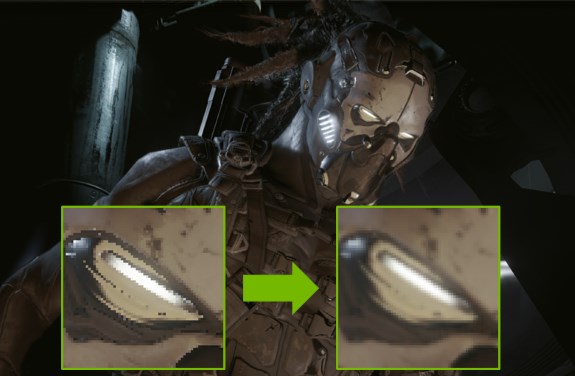
For example, NVIDIA is showing off a system to create high-detail facial animation in much less time than with commonly used methods. NVIDIA researchers trained a neural network to create facial animations directly from actor videos. Antti Herva, lead character technical artist at game studio Remedy, claims the deep learning based system for facial animation reduces the time to create this type of content by 80 percent. This frees up time to focus on other tasks, like creating richer and more diverse game worlds:
“Based on the NVIDIA Research work we’ve seen in AI-driven facial animation, we’re convinced AI will revolutionize content creation,” said Herva. “Complex facial animation for digital doubles like that in Quantum Break can take several man-years to create. After working with NVIDIA to build video- and audio-driven deep neural networks for facial animation, we can reduce that time by 80 percent in large scale projects and free our artists to focus on other tasks.”
Over at the NVIDIA Blog, the GPU designer also talks about projects that use artificial intelligence to improve ray tracing and rasterization rendering. NVIDIA's new NVIDIA OptiX 5.0 software development kit will include the NVIDIA Research AI denoising technology. This is a technique to denoise partially computed ray tracing images.
Furthermore, NVIDIA is also boosting the performance of ray trace rendering by using machine learning to guide the choice of light paths. The company claims AI-guided light simulation can speed up image synthesis by a factor of 10 by cutting out the light paths that aren't likely to contribute to the final image.
Last but not least, NVIDIA's AI researchers came up with a neural network that produces better anti-aliasing results than existing techniques.
